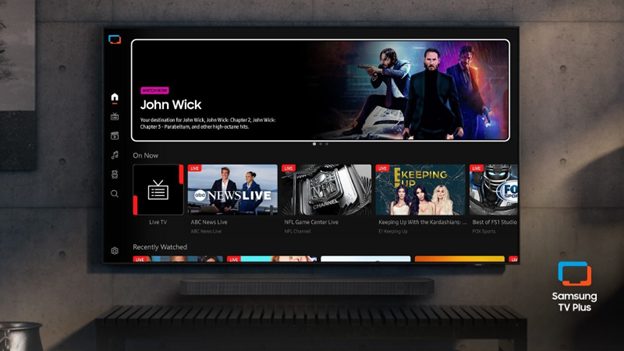Copps: 61 Percent Could Shut Off Analog on Feb. 17
Acting FCC Chairman Michael Copps told Congress this week that almost 1,100 full power TV stations could shut off their analog signals on Feb. 17 without interfering with other stations’ signals.
Copps' comments were in response to a request from Energy & Commerce Committee ranking member Joe Barton (R-Texas) and Internet & Telecommunications Subcommittee ranking member Cliff Stearns (R-Fla.) to the FCC, seeking information on how many stations are ready to shut off analog signals on Feb. 17. The House is expected to vote on delaying the analog shutoff from February to June 12 today; the Senate has already approved a similar measure.
A total of 1,089, representing 61 percent of all full power stations are broadcasting on their post transition digital channel and “should not pose a risk of harmful interference if they turn off their analog signal and continue to operate on their digital channel prior to the transition date,” Copps told the legislators, in a letter released yesterday. Most of the 700 remaining full power stations, Copps added, could terminate their analog signal without interference if they continue to operate on their pre-transition digital channel and move to their post-transition channel when the transition ends or if they could move to their post-transition channel after they shut off their analog signal, providing an engineering analysis from the FCC proved no harmful interference to nearby signals. Such cases would be made on a case-by-case basis.
Copps said that as of the first week of February, 276 stations have told the commission that they plan to shut off their analog signals on the current transition date of Feb. 17. A number of communities, as well as the state of Hawaii have already done so.
Although highly critical of the way the DTV transition has been run, in particular to consumer education, Copps emphasized his support for a delay.
“I believe that a short delay in the transition date will give us an opportunity—with adequate resources—to significantly improve the outcome for consumers,” he said.
The professional video industry's #1 source for news, trends and product and tech information. Sign up below.
